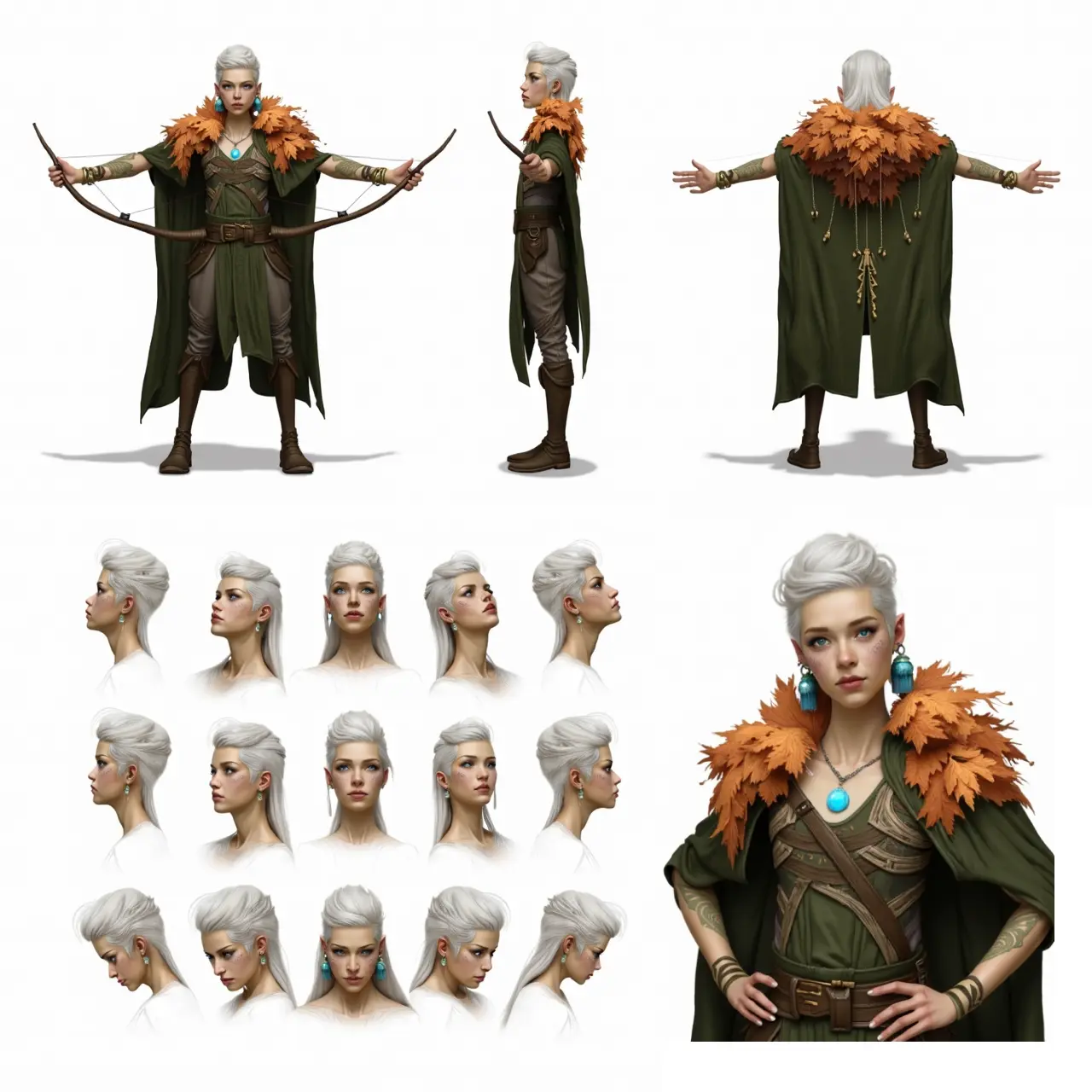ComfyUI Node: DreamO Ref Image Encode
DreamORefEncode
Categorydreamo
ToTheBeginning (Account age: 3737days) Extension
DreamO Comfyui Latest Updated
2025-06-03 Github Stars
0.11K
How to Install DreamO Comfyui
Install this extension via the ComfyUI Manager by searching for DreamO Comfyui- 1. Click the Manager button in the main menu
- 2. Select Custom Nodes Manager button
- 3. Enter DreamO Comfyui in the search bar
Visit ComfyUI Online for ready-to-use ComfyUI environment
- Free trial available
- 16GB VRAM to 80GB VRAM GPU machines
- 400+ preloaded models/nodes
- Freedom to upload custom models/nodes
- 200+ ready-to-run workflows
- 100% private workspace with up to 200GB storage
- Dedicated Support
DreamO Ref Image Encode Description
Encode reference images into latent space for AI art generation using VAE for style transfer and manipulation.
DreamO Ref Image Encode:
The DreamORefEncode node is designed to process reference images and encode them into a latent space representation using a Variational Autoencoder (VAE). This node is particularly useful in scenarios where you want to incorporate reference images into your AI art generation workflow, allowing for style transfer or image manipulation tasks. By encoding reference images, the node facilitates the integration of specific visual features or styles into the generated content, enhancing the creative possibilities. The node's primary function is to transform input images into a format that can be easily manipulated and combined with other elements in the AI art generation process, making it an essential tool for artists looking to leverage reference images in their projects.
DreamO Ref Image Encode Input Parameters:
pixels
The pixels parameter represents the pixel data of the reference image that you want to encode. This input is crucial as it serves as the raw visual data that the node will process. The quality and resolution of the input image can significantly impact the encoding results, so it's important to provide clear and detailed images for optimal performance.
vae
The vae parameter refers to the Variational Autoencoder model used for encoding the image. This model is responsible for transforming the image data into a latent space representation. The choice of VAE can affect the quality and characteristics of the encoded output, so selecting a well-trained and suitable VAE model is important for achieving desired results.
dreamo_processor
The dreamo_processor parameter is a processing unit that handles various tasks related to the DreamO framework. It includes functionalities such as face detection and parsing, which are essential for certain types of reference image processing. This parameter ensures that the necessary preprocessing steps are applied to the image before encoding, enhancing the accuracy and effectiveness of the encoding process.
ref_task
The ref_task parameter specifies the type of task or operation to be performed on the reference image. It can influence the preprocessing steps applied to the image, such as resizing or face alignment. The ref_task can be set to different values like 'id' or 'style', each triggering specific processing routines tailored to the task's requirements. This parameter allows for flexible and task-specific image processing, ensuring that the encoded output aligns with the intended use case.
DreamO Ref Image Encode Output Parameters:
latent
The latent output is the encoded representation of the reference image in the latent space. This representation is a compact and abstract version of the original image, capturing its essential features and characteristics. The latent output is crucial for further processing and manipulation within the AI art generation pipeline, enabling tasks such as style transfer or image blending.
image
The image output is the processed version of the input reference image, which has undergone any necessary preprocessing steps such as resizing or face alignment. This output serves as a reference for the encoded latent representation and can be used for comparison or visualization purposes. It ensures that the encoded data is accurately aligned with the original image content.
DreamO Ref Image Encode Usage Tips:
- Ensure that the input reference images are of high quality and resolution to achieve the best encoding results. Clear and detailed images will lead to more accurate and effective latent representations.
- Select an appropriate VAE model that aligns with your specific use case and desired output characteristics. A well-trained VAE can significantly enhance the quality of the encoded latent space representation.
DreamO Ref Image Encode Common Errors and Solutions:
No face detected in image
- Explanation: This error occurs when the
ref_taskis set to 'id', but no face is detected in the input image. - Solution: Ensure that the input image contains a clear and visible face. If the image is not intended for face detection, consider changing the
ref_taskto a different value that does not require face detection.
Invalid VAE model
- Explanation: This error arises when the provided VAE model is not compatible or properly configured for the encoding process.
- Solution: Verify that the VAE model is correctly loaded and compatible with the DreamORefEncode node. Ensure that the model is trained and suitable for the type of images you are processing.
DreamO Ref Image Encode Related Nodes
RunComfy is the premier ComfyUI platform, offering ComfyUI online environment and services, along with ComfyUI workflows featuring stunning visuals. RunComfy also provides AI Playground, enabling artists to harness the latest AI tools to create incredible art.


